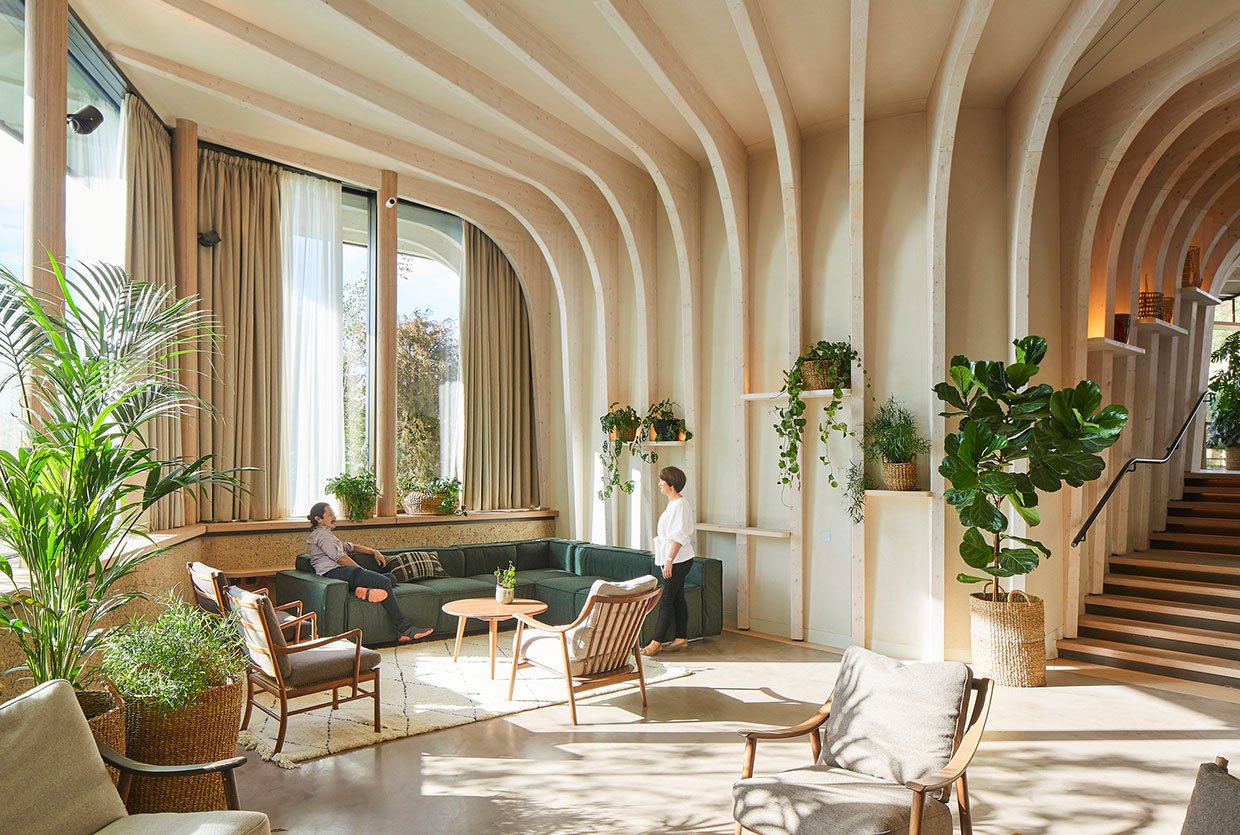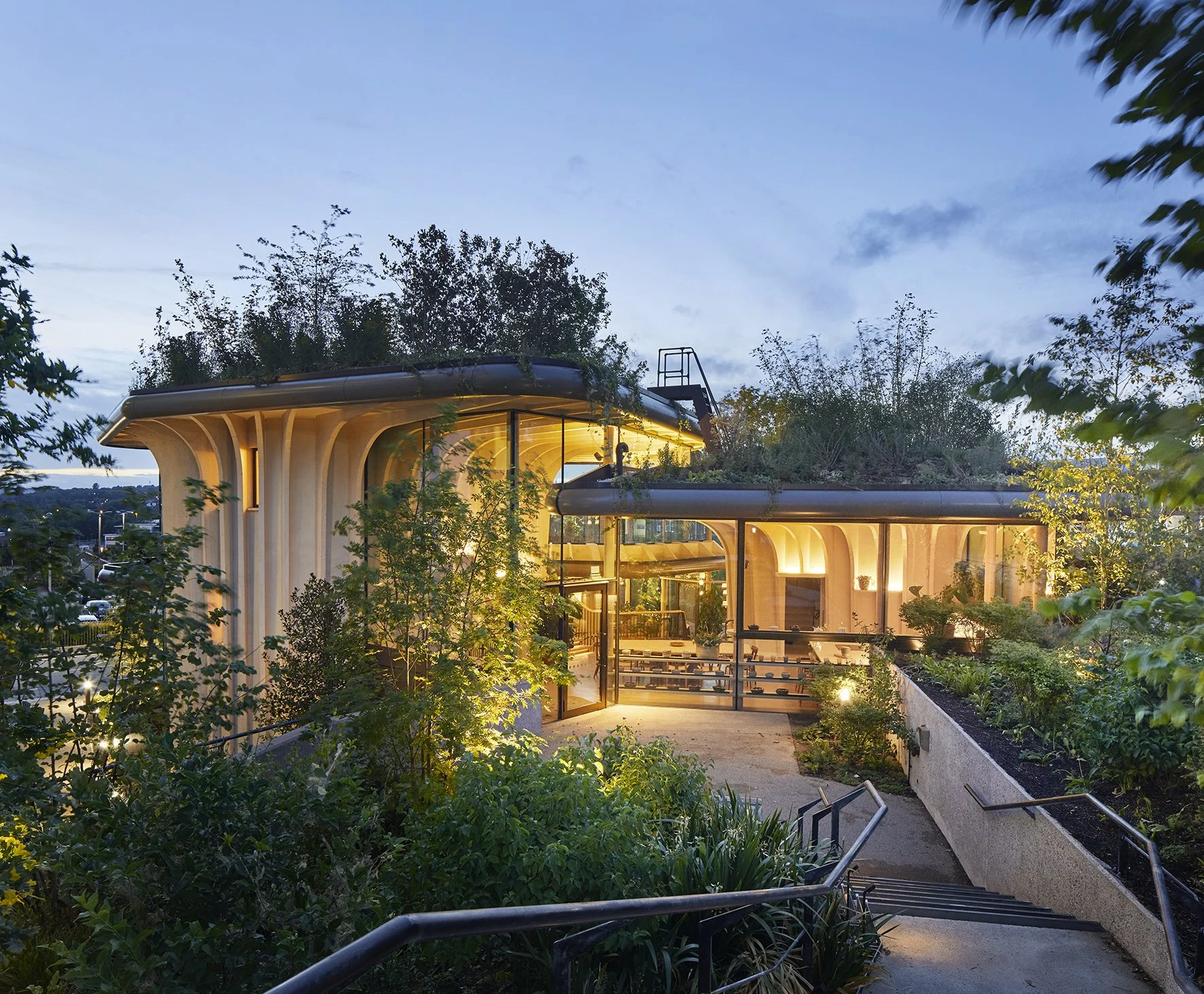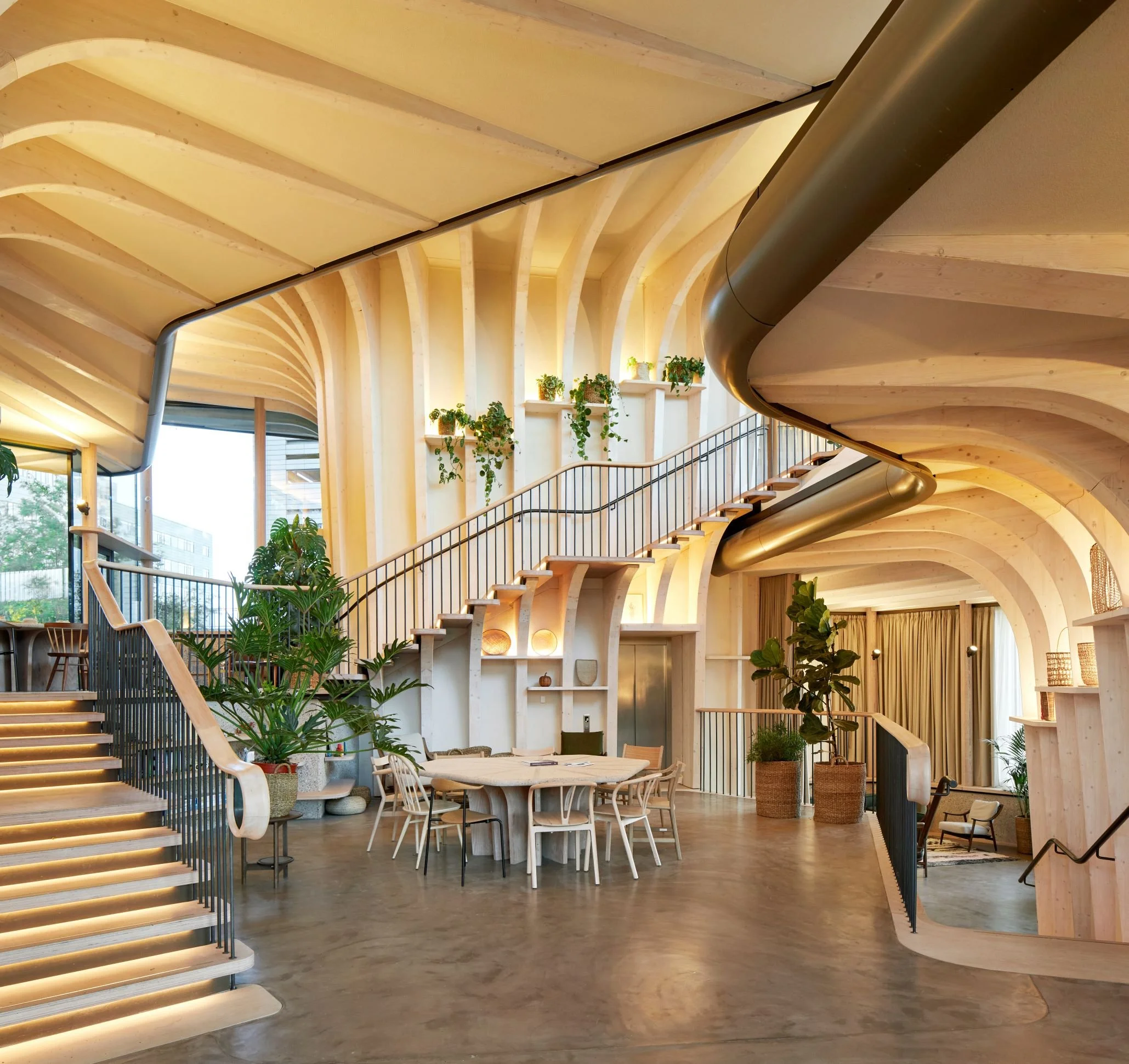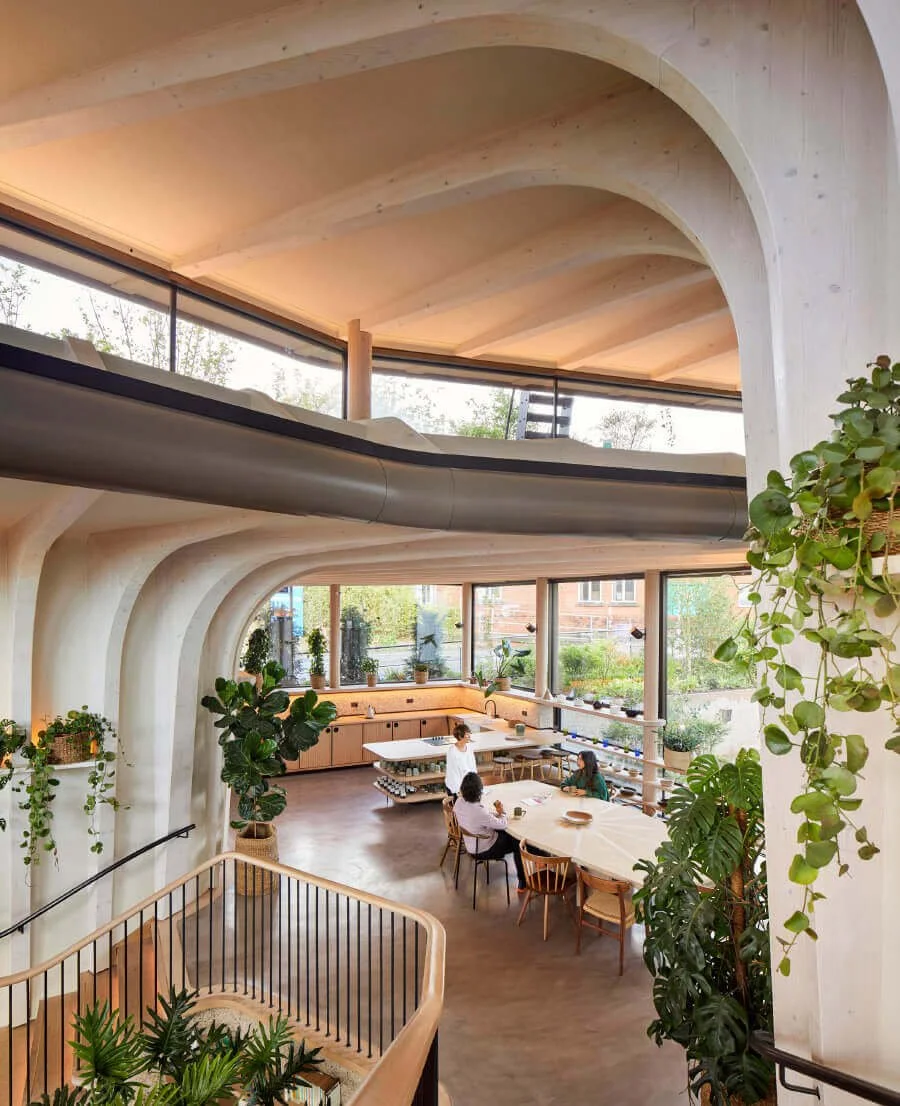The Magic of Maggie's
At the beginning of 2019 I was given the fairly shocking diagnosis that I had T-cell lymphoma, a pretty rare form of cancer. The discovery had been made during what should have been a fairly routine sinus operation; which in many ways makes it an incredibly lucky one. Within weeks I had be taken through various tests and was assigned a specialist consultant team at The University College Hospital Macmillan Cancer Centre; which I felt extremely thankful for and well looked after because of. It’s something that I now feel eternally grateful for having been given full remission status in August of the same year following a rigorous and at times arduous chemo-radio therapy sandwich of treatment.
But why am I sharing this now? Well, in part because I hope to share mine and my families gratitude to all involved whenever possible, but also because of a recent discovery; Maggie’s. The organisation’s tagline goes a long way to explaining what their all about, “Everyone’s home of cancer care,” but a deeper dive reveals a truly remarkable approach to care through human and architectural centric support. And whilst I wasn’t lucky enough to experience Maggie’s during my own treatment I’d love to take a moment to shine a spotlight on what they do, and who knows, maybe go a little way in highlighting what they offer to someone who might need it, as well as those who might be able to get involved and help the organisation expand their offering in the future.
Whilst there isn’t a Maggie’s centre particularly near me in the South East, the organisation still has an ever expanding breadth of geographical locations that include 24 completed or planned buildings in the UK and 3 abroad. But what’s so incredibly special about them is that no 2 are remotely architecturally the same and yet the ethos of care is consistent in every single one. Namely, that the user is central to the space, meaning no reception desks, no uniforms or name badges and no hospital style signage. Each centre is set up for maximum comfort and all feature a central kitchen table for users to feel relaxed and able to socialise and share stores should they wish. It’s a blueprint that was first conceived by writer, gardener and designer Maggie Keswick Jencks, who used her experience of cancer to design spaces with “Thoughtful lighting, a view out to trees, birds, sky and the opportunity to relax and talk away from care homes.” Maggie sadly passed away shortly before the first centre was built in 1996 in Edinburgh but her legacy lives on in the restorative spaces and soothing architecture she instigated and continues to inspire.
And I’m sure she would be pleased to know that it’s one of the latest completed Maggie’s centres that caught my attention and filled my heart with hope - a testament to the progress the organisation, now led by her husband and oncology nurse, have achieved. The centre in question is located in Leeds and has been designed by Thomas Heatherwick and as a writer, designer and gardener myself, as well as an advocate for biophilic design, it really resonates with me. That’s because the design incorporates shapes inspired by those found in nature as well as a whole lot of plants, with the building itself split into 3 large-scale planters.
Labelling architecture as a place that can heal is not a decision that should be taken lightly; and it wasn’t by Maggie and her incredible team, but it’s most definitely an appropriate one for all of the centres they produce.
This article was first published by Design Insider Live.




